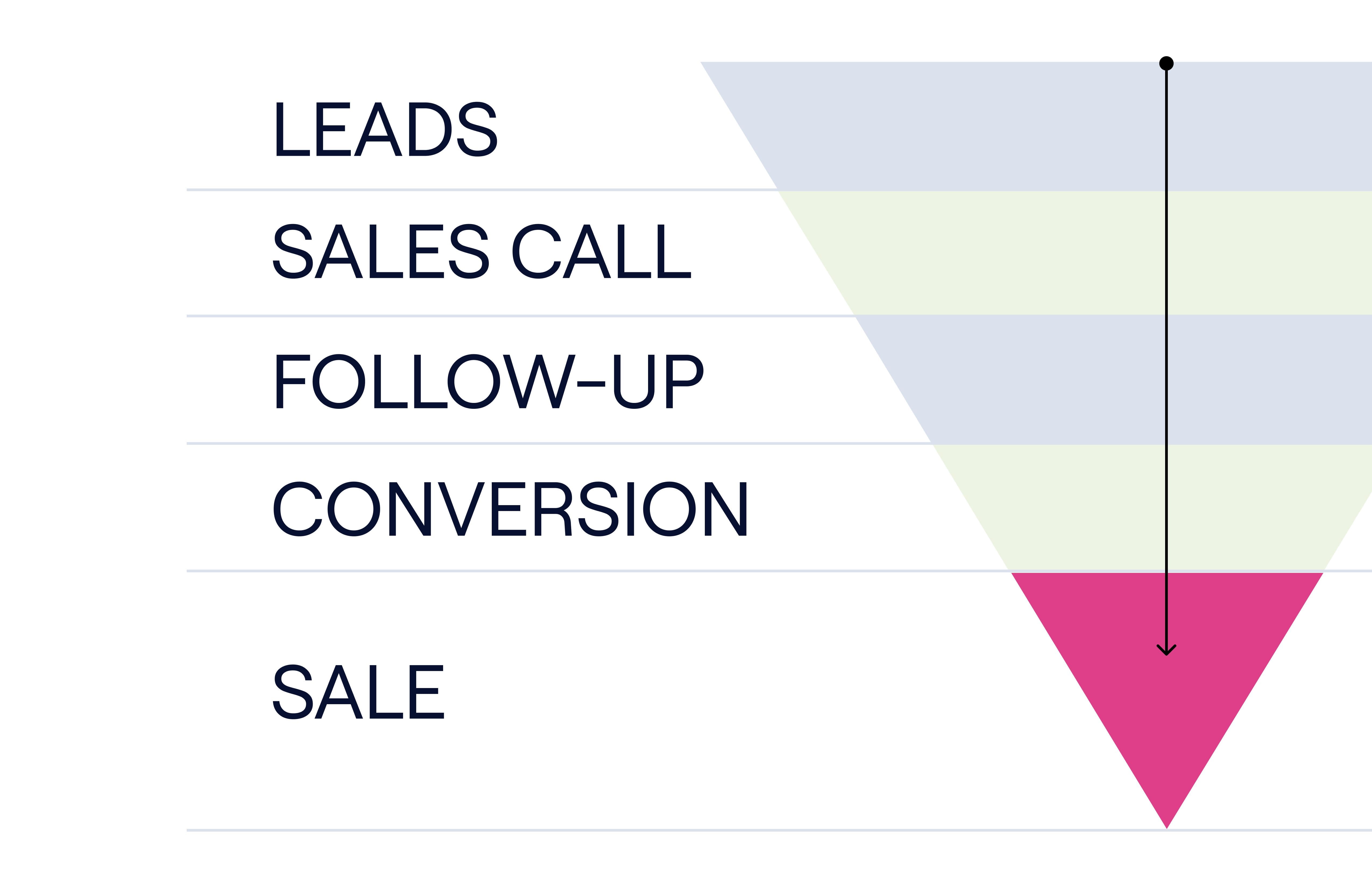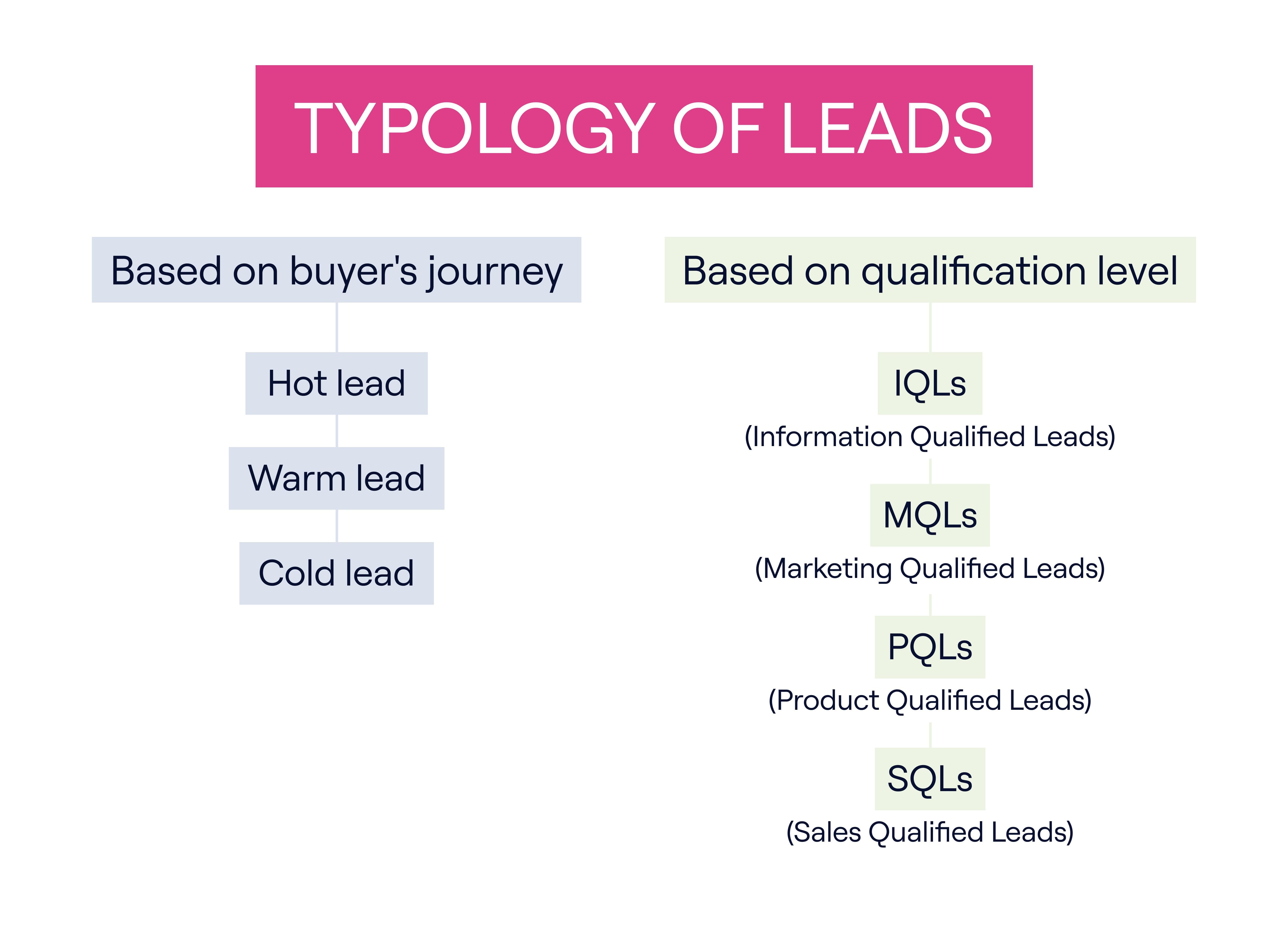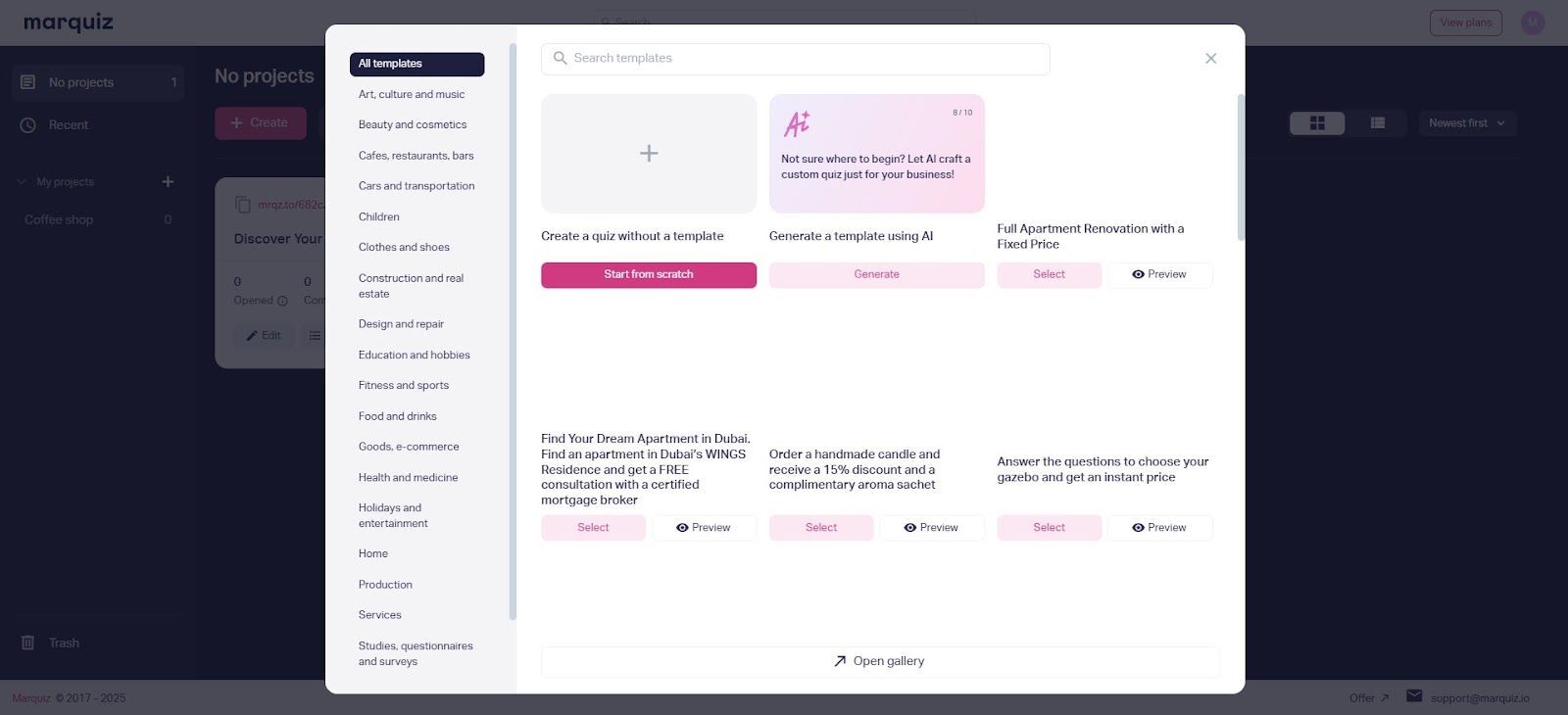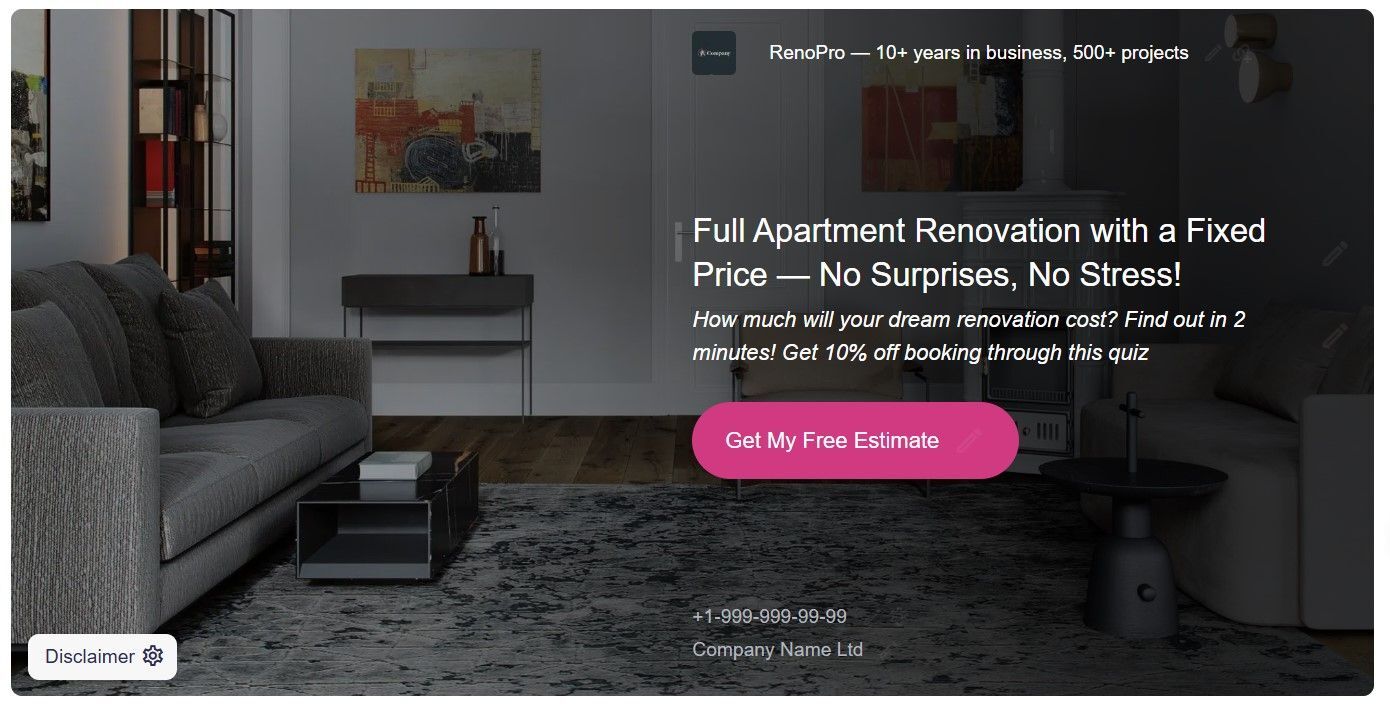.jpg)
Leads Marketing: 10 Best Strategies & Practices of Lead Generation 2025
Leads are the lifeblood of business growth, and growth doesn’t happen by accident. The brands that consistently bring in new customers follow a clear and repeatable process for finding the right prospects and guiding them toward a purchase. This guide explains what a lead really means in today’s marketing world, how to sort leads into useful categories, and the strategies that keep a sales pipeline healthy and revenue predictable.
What is Leads Marketing?
Leads marketing isn’t about throwing ads at the wall to see what sticks; it’s a system. At its core, it’s about attracting the right people, gauging their level of interest, building trust, and guiding them toward becoming loyal customers.
Why does it matter? Because brands can’t survive on lucky breaks or one‑off campaigns anymore. A structured leads marketing strategy keeps your sales pipeline full of people who are actually likely to buy, boosts the ROI of every marketing dollar, and makes revenue far more predictable.
And here’s the thing: leads marketing today is a whole different animal than it used to be. CRMs, automated email sequences, and even AI‑powered lead scoring now help marketers figure out who to focus on, when to reach out, and what to say.

One more thing to get straight: not everyone who crosses paths with your brand is a lead. Someone scrolling past an Instagram post or signing up for your newsletter isn’t automatically sales material. A real lead is someone who has taken a clear step that shows genuine interest – the kind of interest that can open the door to a meaningful sales conversation.
7 Types of Leads
Understanding the different kinds of leads in marketing is key to improving conversion rates. Not every prospect should be treated the same because the message that convinces someone ready to buy can easily turn off someone who just discovered your brand yesterday. That is why grouping leads into clear categories helps your team time outreach and craft messages for maximum impact.
Based on Buyer’s Journey
Cold leads – These are people who barely know you exist. They might see an untargeted ad or stumble across a blog post. They are curious but not committed. The mistake is trying to close them on the spot. What they really need is education through simple, value‑packed content that explains who you are and why they should care.
Warm leads – These prospects have taken a step closer, maybe by downloading an eBook, joining a webinar, or completing a quiz. They are showing interest, but they are not ready for a sales pitch yet. Nurture them with useful insights, case studies, and light‑touch follow‑ups that keep your brand on their radar.
Hot leads – This is where the action happens. Hot leads are buyers at the decision stage. They have compared options, weighed benefits, and just need the right nudge. That is your cue for quick sales follow‑up, clear offers, and urgency‑driven tactics like limited‑time deals or priority onboarding.

Based on Qualification Level
IQLs (Information Qualified Leads) – Think of these as curious researchers. They are browsing your blogs, downloading guides, and trying to learn the basics. Feed them awareness content that answers their questions and keeps them moving toward a deeper relationship.
MQLs (Marketing Qualified Leads) – These are the people signaling intent through behavior such as opening your emails, signing up for demos, or revisiting your pricing page. Marketing’s job is to keep warming them up before handing them over to sales.
PQLs (Product Qualified Leads) – Common in SaaS, these are trial users or free‑tier customers who have already experienced your product’s value. They do not need to be convinced your solution works. They simply need the right prompt to upgrade.
SQLs (Sales Qualified Leads) – These are the prospects that marketing has vetted and sales is ready to call. This is where tight marketing‑sales alignment matters most. Every note, every interaction, and every data point should help the sales team close the deal without missing a beat.
Top 5 Lead Generation Strategies
There are endless ways to bring in leads, but only a handful consistently deliver across industries. If you’re wondering how to generate leads in digital marketing, these strategies mix value, timing, and trust to spark interest and guide people toward a purchase.
1. Content Marketing and Lead Magnets: E‑books, Webinars, Quizzes
High‑value content remains one of the most reliable ways to turn curiosity into qualified leads. When you offer an eBook, an in‑depth guide, or an on‑demand webinar, you are not just sharing information; you are showing that your brand knows its stuff.
Interactive content can be just as powerful. Quizzes are one of the most effective ways to move leads from cold to warm because each answer reveals preferences, pain points, and buying intentions in real time. This insight makes it easy to offer something relevant next, such as tailored recommendations, a blog post, or a sign‑up offer, so the lead feels understood instead of pushed. Tools like Marquiz.io make it simple to build branded quizzes that segment people by their answers, helping you see who is just browsing and who might be ready to buy.

With Marquiz, you can pick from ready‑made templates for different types of businesses or create a custom quiz with AI in just minutes.
The secret is to match the lead magnet to the buyer’s stage in the journey. Cold leads might prefer a checklist or an introductory quiz. Warm leads are more likely to register for a webinar or a product demo. Whatever you create should feel personal and targeted, not like a generic download for anyone who happens to click.
2. SEO and SEM: Organic and Paid Channels
Search is still one of the strongest ways to generate leads. Search Engine Optimization (SEO) is the long‑term approach that focuses on creating content that ranks naturally in Google and other search engines. A smart SEO strategy with pillar pages, topic clusters, and genuinely useful blog posts builds authority over time and delivers a steady flow of free, organic leads.
Search Engine Marketing (SEM) is the paid side of search. Instead of waiting months for SEO to gain traction, SEM uses ads like Google Ads or LinkedIn campaigns to put you in front of high‑intent prospects almost instantly.
The key is alignment. The ad, the landing page, and the offer must match exactly what the searcher expects. Someone who searches for a “pricing calculator” does not want to land on a generic homepage. They want the calculator they clicked for, front and center.
3. Social Media Campaigns: Engagement‑Driven Capture
Social media is not just for brand awareness anymore. It is one of the most versatile lead generation tools if you use it right. LinkedIn dominates for B2B audiences, while Instagram and TikTok work especially well for B2C. The best approach combines organic engagement (posts that spark comments and shares) with paid retargeting ads that bring those same people back for a stronger offer.
Short, snackable content tends to work best. A quick LinkedIn poll can reveal customer pain points while quietly building a list of interested prospects. On Instagram, short how‑to reels or carousel posts can generate saves and shares that keep your brand top of mind.
4. Landing Pages and Conversion Forms: Optimized Capture Points
Even the most creative marketing campaign can fail if the landing page is not built to convert. Keep your landing page clean, focused, and friction‑free. Make the next step clear with a strong call to action, ask only for the essentials, and build trust with elements like testimonials, client logos, and security badges.

You won’t need a designer or programmer skills to create a quick, stylish and effective landing page with Marquiz builder.
Marketers who treat landing pages as ongoing experiments see the biggest results. A/B test headlines, tweak button colors, and review heatmaps or session recordings to see where visitors hesitate or click away. Each small adjustment can turn a hesitant visitor into a captured lead.
5. Referrals and Reviews: Leveraging Word of Mouth
Few things convert better than a trusted recommendation. That is why referrals and reviews are still among the most effective ways to bring in new leads.
Referral programs, ambassador campaigns, and user‑generated content transform happy customers into active lead sources. Think about Dropbox’s legendary “give and get” referral program, or beauty brands featuring real customer photos as proof their products work.
Every review, testimonial, and shared experience pulls in new prospects, and these leads arrive already primed with trust.
Lead Management Processes
Generating leads is only half the battle. What happens next is where many marketers lose momentum. A list of names is not the same thing as a list of customers. Leads need to be qualified, nurtured, and followed up with in a way that feels timely and relevant.
Lead Qualification and Scoring
Some leads might be weeks away from making a decision, while others could take months. That’s why lead scoring is so important. As we covered in the lead categories above, not all leads are the same. Lead scoring assigns points to prospects based on their actions and behaviors, helping prioritize who needs immediate attention and who requires further nurturing.
For example, opening an email might add a few points, while requesting a demo or visiting a pricing page could move a prospect into “hot lead” territory.
Modern tools like HubSpot, Salesforce, and custom CRM systems can automate this process entirely. They track every click, download, and form submission, then feed that data into a scoring model. The benefit is clear: sales teams know exactly which leads deserve immediate follow‑up, while marketing can keep engaging the others and building interest until they are ready to buy.
Lead Nurturing and Follow‑Up
Even the strongest lead generation strategy will stall if there is no follow‑through. Nurturing means staying present across multiple channels: email drips that share helpful content, remarketing ads that remind prospects what they left behind, and even chatbots that can answer quick questions at any hour. When the timing is right, a phone call or a personal check‑in can add a human touch that turns interest into action.

Timing is critical. Hot leads should hear from you within 24 hours, while colder leads need a slower, more educational approach. Personalization makes the difference between a message that gets ignored and one that sparks action. Dynamic emails that swap in the right products, names that feel naturally placed in subject lines, and tailored recommendations based on browsing history all make the outreach feel personal rather than automated.
Lead Marketing Best Practices
To get the most out of every lead, your strategy needs more than good intentions. It needs structure, consistency, and a mindset of continuous improvement. The practices below serve as a checklist that keeps your marketing efforts focused, your sales pipeline healthy, and your ROI moving in the right direction. They are not one‑time actions but habits that make every campaign stronger over time.
- Define clear lead criteria and scoring early. Do not wait until your funnel is clogged with bad leads. Decide from the start what qualifies as a cold, warm, or hot lead, and assign points for each action they take. When everyone on your team knows what counts as a lead, you save time and energy, and your sales team knows exactly where to focus. A clear scoring system also makes reporting and forecasting more accurate, since you can see how many “real” leads are moving through the pipeline, not just names on a list.
- Personalize every touch. Generic emails and “blast” campaigns no longer cut it. Today’s buyers expect messages that speak directly to their needs. Use segmentation and intent data to craft communication that feels like it was written for one person, not an entire mailing list. Personalization is more than just adding a first name to the subject line. It is about showing the right content, the right offer, and the right timing based on what that lead has already done.
- Align marketing and sales – tightly. Weekly check‑ins, shared dashboards, and clear definitions keep both teams working toward the same goal. When sales and marketing are aligned, fewer leads slip away and there is less friction over who “owns” which prospects. This alignment also means feedback flows both ways: sales can tell marketing which leads are converting, and marketing can adjust campaigns to bring in more of the right ones.
- Cleanse and update lead data often. Old emails and outdated contacts hurt deliverability, waste ad spend, and make your analytics unreliable. A bloated, stale list can also damage your sender reputation, meaning even your good emails might end up in spam. Build a habit of scrubbing your lists, removing duplicates, and updating details so you are always working with accurate information.
- Test and optimize constantly. No landing page, email sequence, or ad campaign is ever “finished.” Marketing is iterative, which means A/B testing should be part of your routine. Test headlines, adjust your CTAs, experiment with form fields, and track what actually works. Every small tweak builds on the last, and over time those small wins add up to significant growth in conversion rates and ROI.
FAQ
What is a lead in marketing?
A lead, in marketing, is anyone whose information your business has and who could potentially become a customer. Leads exist on a spectrum. Cold leads haven’t interacted with your brand yet. Warm leads have shown interest by downloading a guide or subscribing to a newsletter, and hot leads are ready for a direct sales conversation.
How are digital marketing leads different from traditional leads?
Digital leads live online, which means every click, sign-up, and interaction can be tracked and nurtured automatically. Traditional leads, such as business cards from an event or phone numbers from a trade show, require a lot more manual follow-up. With digital leads, you can connect through email, ads, and social media, and every move they make provides data you can use to improve your strategy.
What is the fastest way to generate leads in digital marketing?
If you need results quickly, paid channels like Google Ads, LinkedIn Ads, or Facebook Ads can get you in front of the right people almost instantly. These campaigns deliver fast visibility and immediate lead capture. Quizzes can amplify this effect by turning ad clicks into something more engaging. Instead of sending people to a static landing page, you invite them to take a short quiz that feels useful and interactive. This approach keeps visitors on the page longer, gathers valuable insights about their needs, and turns a higher percentage of them into warm leads.
For long‑term growth, content marketing and SEO slowly build trust and authority, creating a steady flow of organic leads that keep coming in. The best approach is to combine both for short‑ and long‑term results.






.png)


.jpg)
.jpg)





